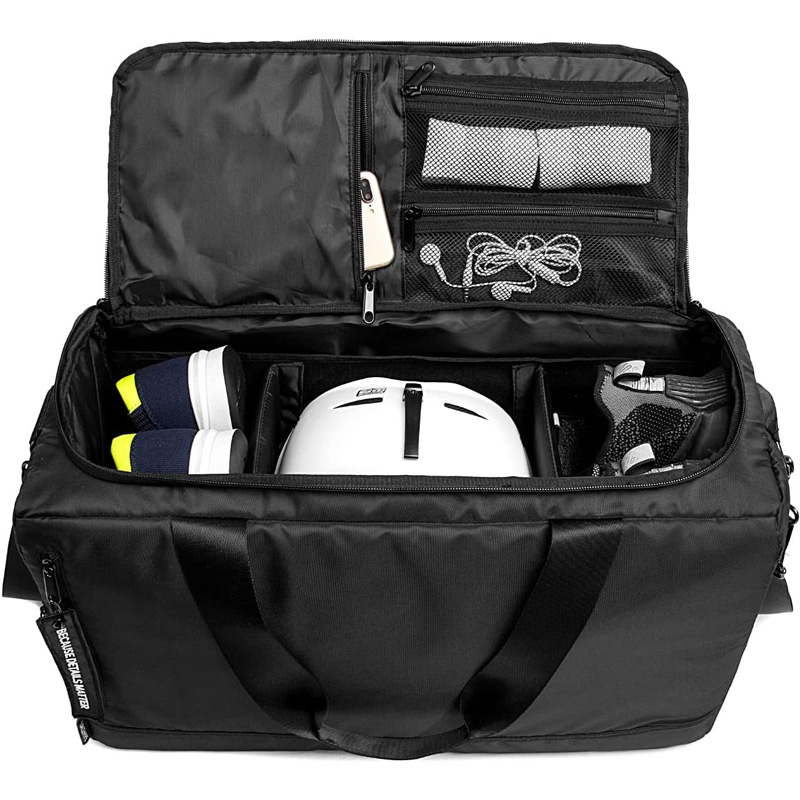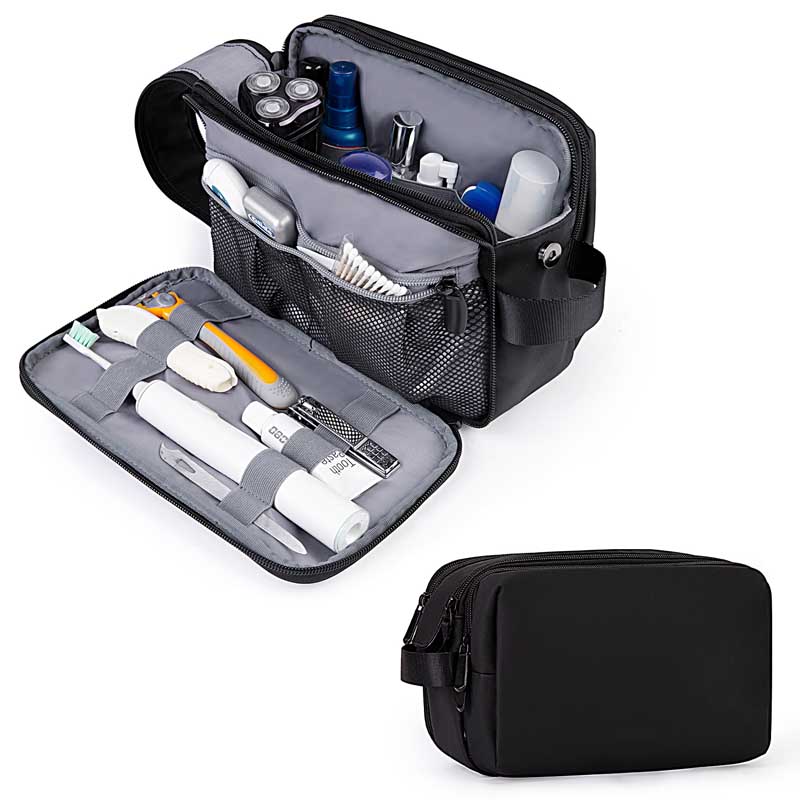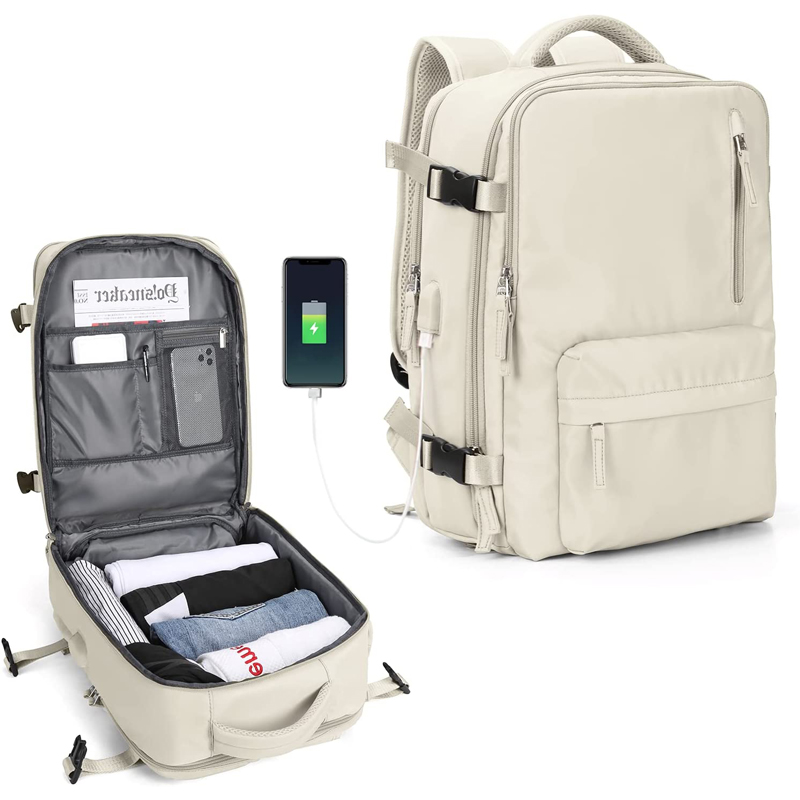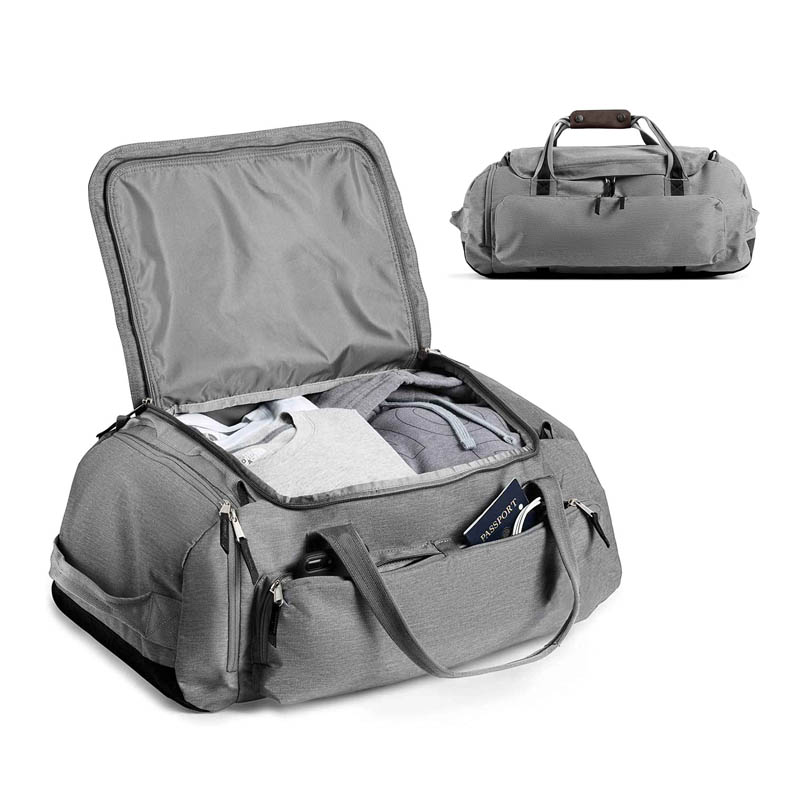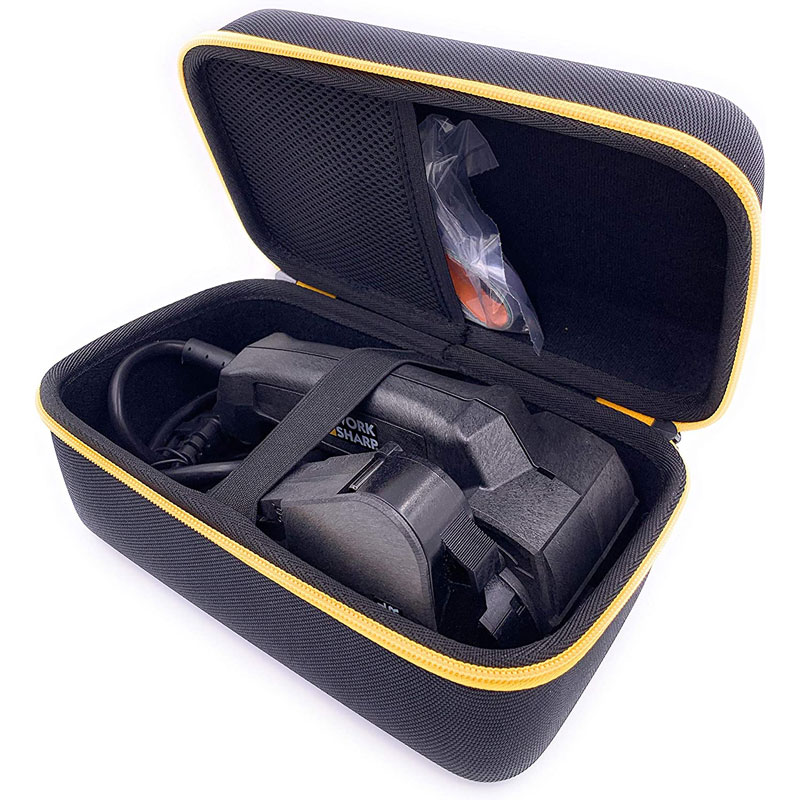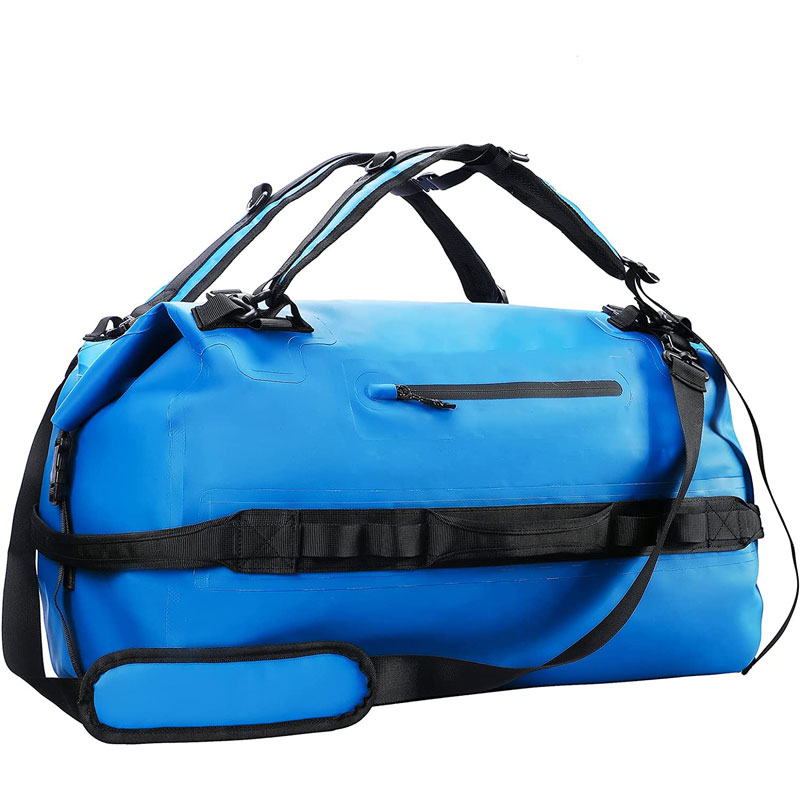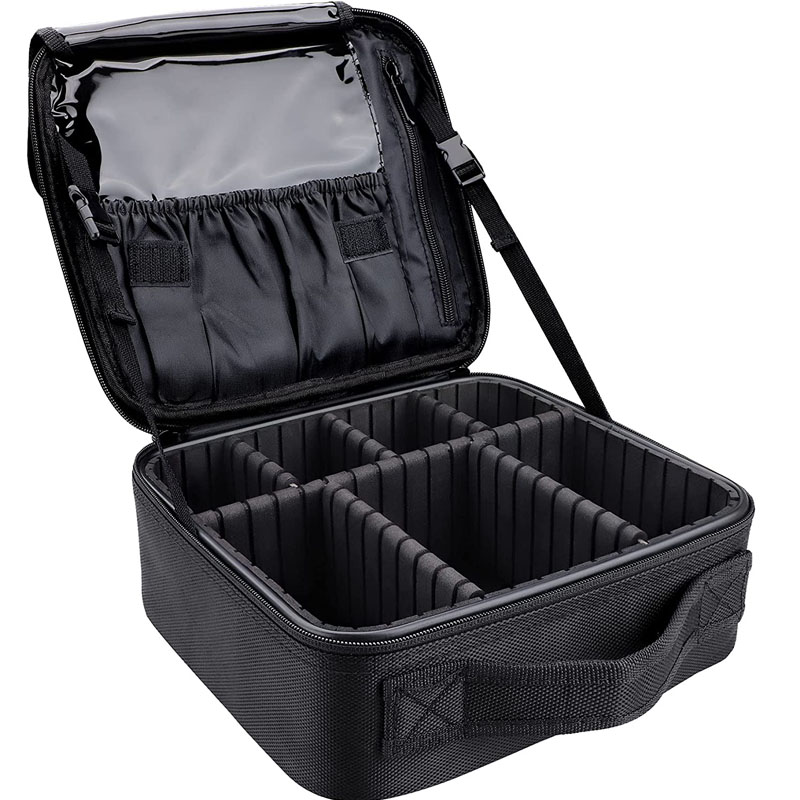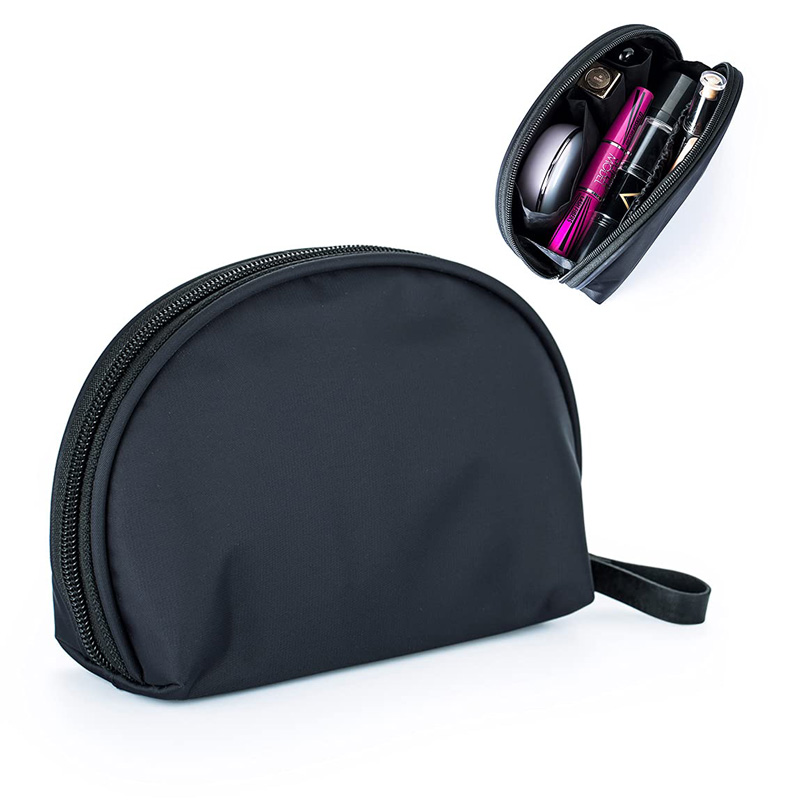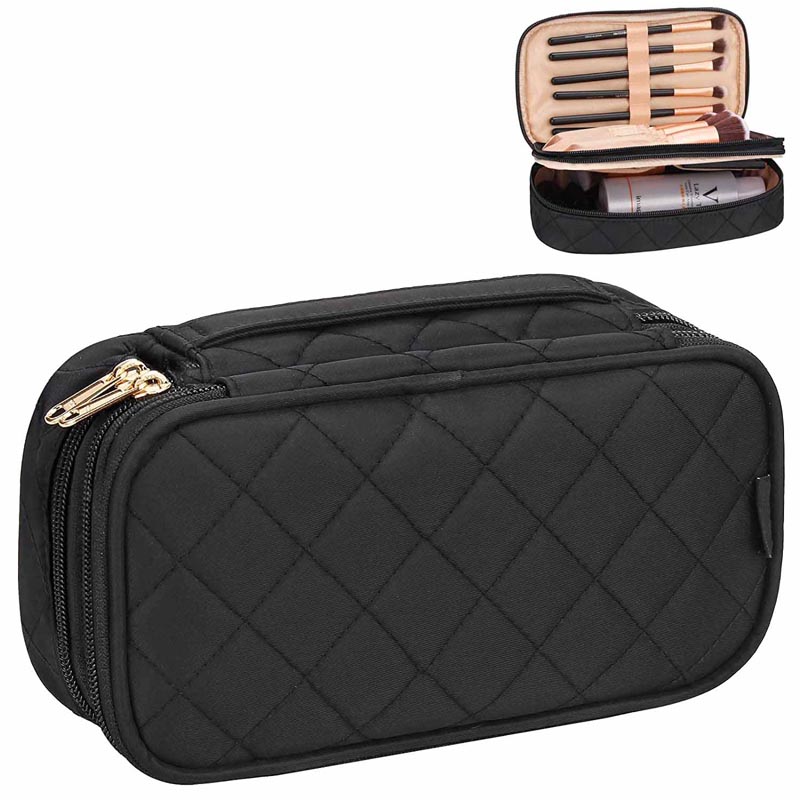A well-fitted school backpack is essential for students of all ages. Not only does it help distribute the weight of books and supplies evenly, but it also prevents back strain and discomfort. Here's a comprehensive guide on how to fit a school backpack properly.
Understanding the Importance of Fit
Before diving into the specifics of fitting a backpack, it's important to understand why a proper fit is crucial. An ill-fitting backpack can lead to back pain, poor posture, and even long-term spinal issues. The right fit ensures that the weight is distributed across the back and shoulders, reducing strain and promoting good posture.
Step 1: Choose the Right Backpack
Start by selecting a backpack that is appropriate for your needs. Look for one with:
- Padded shoulder straps that are wide and well-cushioned.
- A padded back panel for comfort and support.
- A waist strap and chest strap to help distribute weight.
- Multiple compartments for organized storage.
Step 2: Adjust the Straps
The first step in fitting a backpack is to adjust the shoulder straps. They should be:
- Comfortably tight, so the backpack doesn't slip off the shoulders.
- Evenly adjusted on both sides to ensure the backpack sits squarely on your back.
Step 3: Position the Backpack
The backpack should sit high and snug on your back, with the bottom of the pack resting just above your waistline. This position helps transfer the weight to your hips, where it's easier to bear.
Step 4: Use the Waist and Chest Straps
Utilize the waist and chest straps to secure the backpack and distribute weight effectively. The waist strap should sit comfortably around your hips, while the chest strap should be adjusted to prevent the shoulder straps from slipping off.
Step 5: Organize Your Load
Pack your heaviest items close to your back and evenly distributed on both sides. This helps maintain balance and reduces strain on your spine. Avoid packing items at the very bottom of the backpack, as this can pull the pack downward and cause discomfort.
Step 6: Check the Weight
The weight of the backpack should not exceed 10-15% of the student's body weight. Use a scale to check if the load is within this range. If it's too heavy, consider removing unnecessary items or finding ways to lighten the load.
Step 7: Adjust as Needed
As students grow and their needs change, so should the fit of their backpack. Regularly check and adjust the straps and load distribution to ensure continued comfort and support.
Step 8: Encourage Proper Posture
Teach students to stand up straight while wearing their backpack. Slouching can lead to poor posture and increased strain on the back.
Fitting a school backpack correctly is a simple process that can greatly enhance a student's comfort and health. By following these steps, parents and students can ensure that the backpack is not only a stylish accessory but also a supportive tool for carrying the essentials of school life. Remember, a well-fitted backpack is an investment in a student's physical well-being and academic success.


